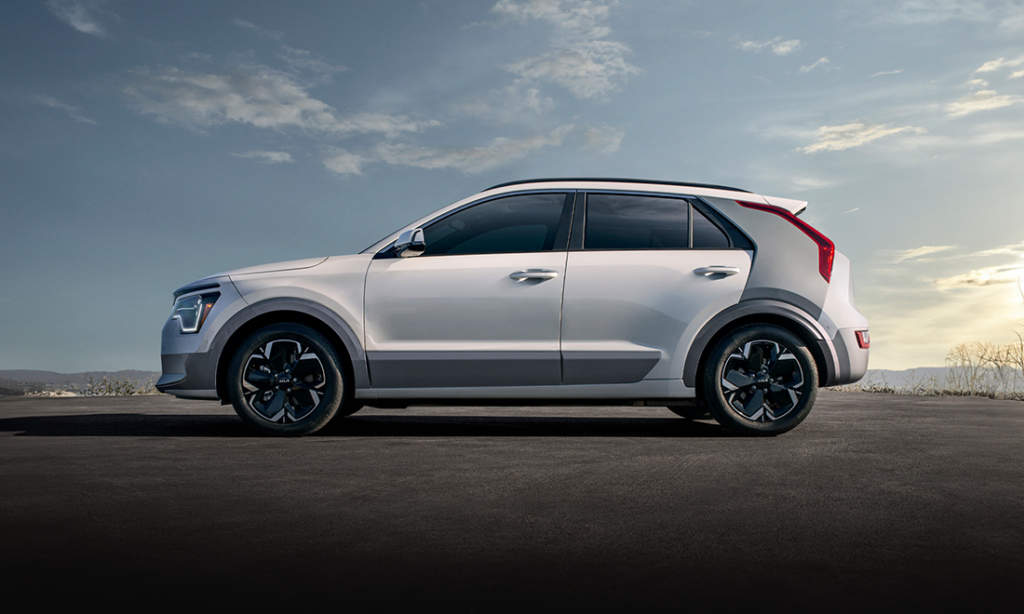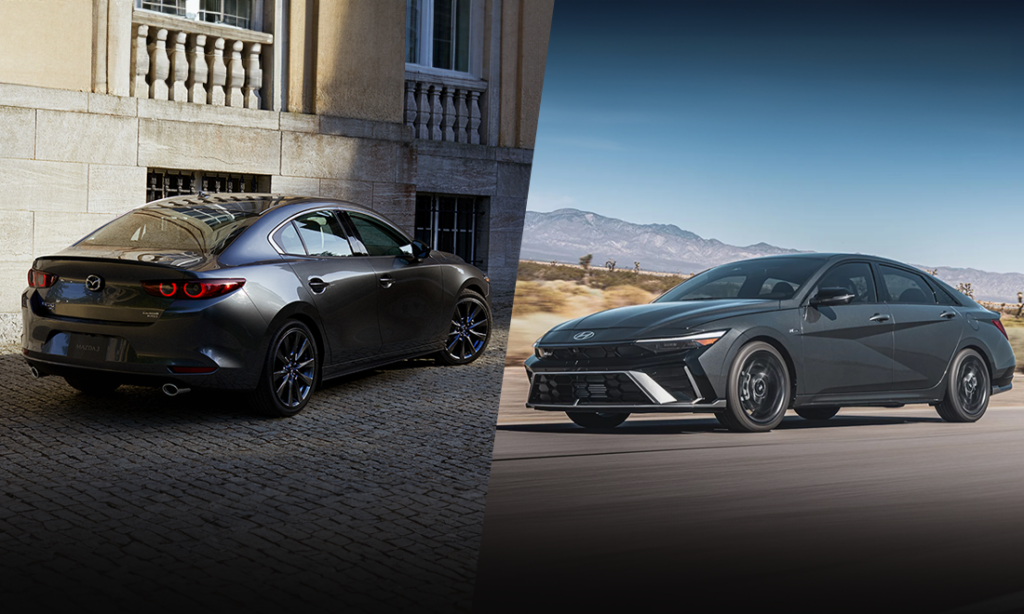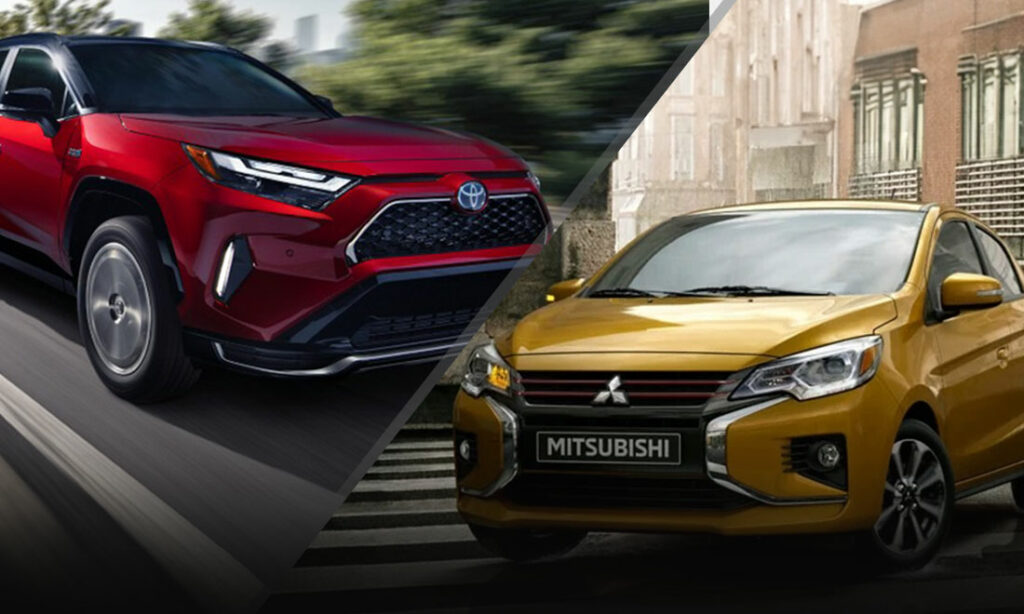Classic Comparison: C5 Chevy Corvette vs Dodge Viper
Two of the 1990s greatest performance cars go head-to-head. Which is better the Dodge Viper or the C5 Corvette?
1990s Performance Champs
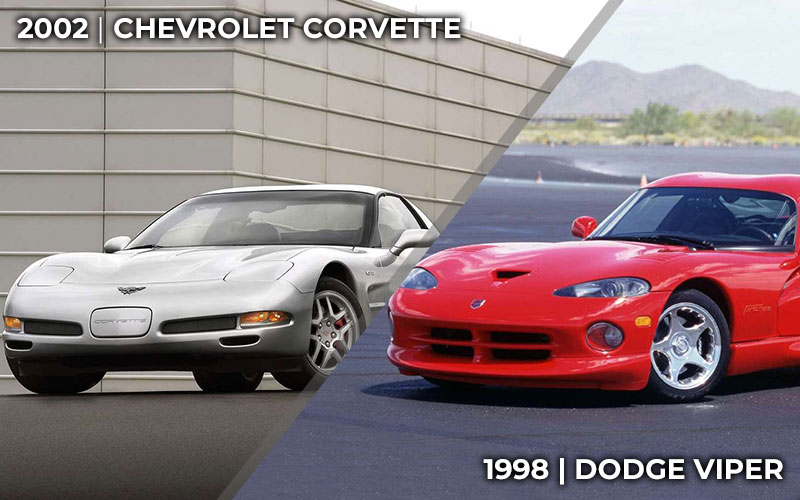
In 1996, the Chevrolet Corvette had seen better days. The C4 Vette was almost 15-years old at this point and, despite the performance of the ZR-1, sales had plateaued. Given how long in the tooth the C4 was, the next Corvette would be a major overhaul for the car, including a new engine, the now infamous LS1. A year prior, the boys at Dodge had finalized the second generation of the Viper with exciting updates like air conditioning and exterior door handles (in the GTS version at least).
Both cars were about as good as American performance cars got in the mid-1990s. But which was the better car in its day? And more importantly, which is the better used car today? We dig into the history behind these legends below.
LS vs V10
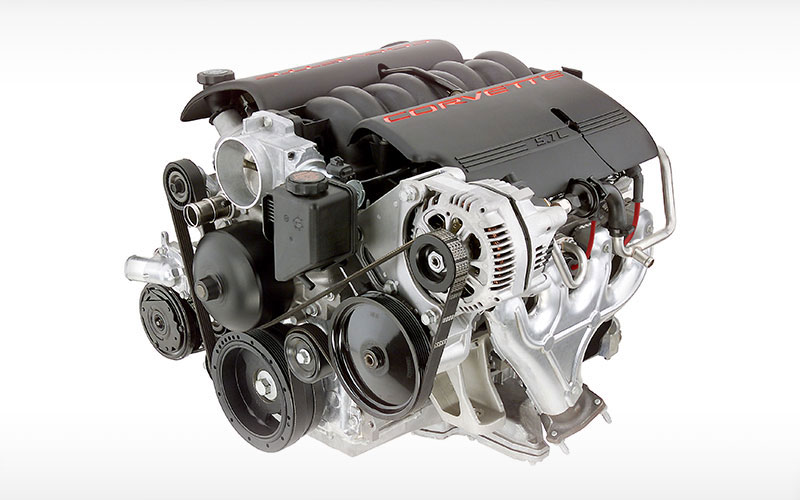
While the Corvette received all manner of updates for its fifth generation, none is more significant than its new engine, the LS1. The 5.7L V8 put up some serious numbers for its time with 345 horsepower and 350 lb. ft. of torque. You could get the Corvette with either a four-speed automatic (booo!) or a six-speed manual (yay!). In 2002, the Z06 Corvette got an LS6, a retuned version of the LS1 with updated valves, cams, fuel-injectors, higher revs, and higher compression ratios. The Z06 boasted 405 horsepower and 400 lb.-ft. of torque. It came exclusively with the six-speed manual (phew!). In this form, the Corvette could rip from zero to sixty in 4.5 seconds and run a quarter mile of 13.3 seconds at 108 mph.
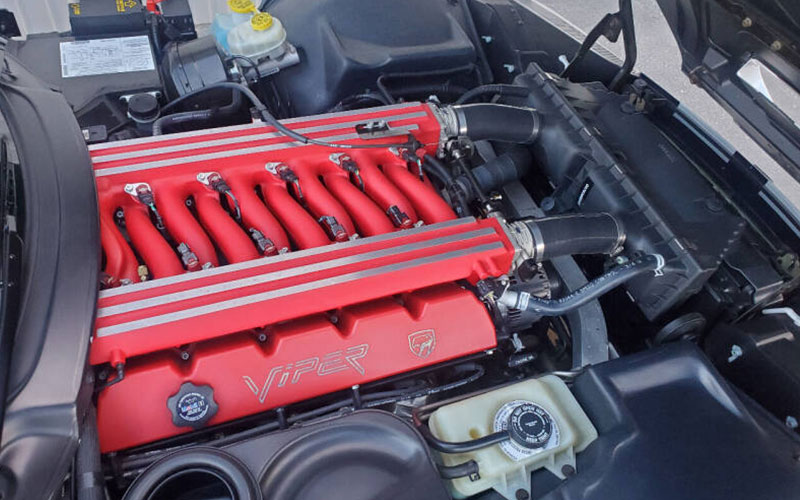
The Viper SR II was still sporting the Lamborghini developed 8.0L V10, now making 415 horsepower and 488 lb.-ft. of torque. This allowed a zero to sixty run of just 4.3 seconds and a quarter mile of 12.4 seconds at 115 mph. The V10 was upgraded for the GTS trim and produced 450 horsepower and 490 lb.-ft. of torque. In 1998, Dodge graced the RT/10 (base trim) with the same tuned version of the V10 and its 450 horsepower. The second-generation Viper came with a six-speed BorgWarner manual transmission.
Second Gen. Viper
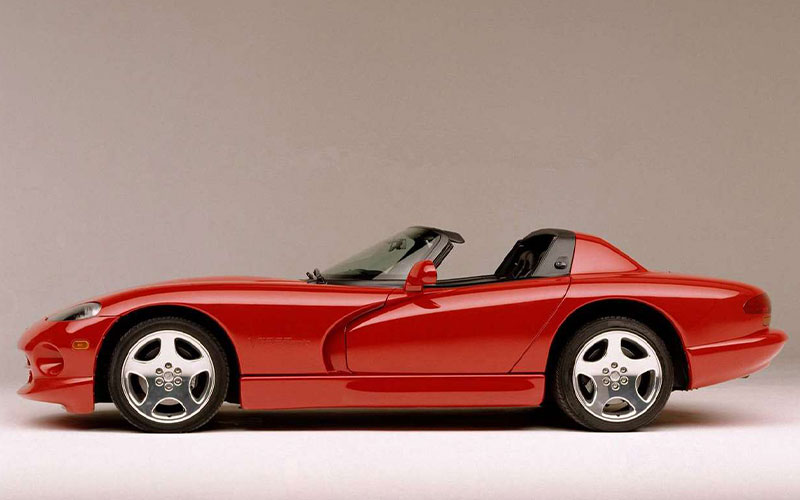
While the Corvette was getting a major reimagining, the Viper’s second generation was largely a continuation of the first, with minor upgrades along the way. For an in-depth look at the Viper, check out our Retro Review here. But in case you’re unfamiliar, the Viper had been the inspired creation of Bob Lutz (Chrysler president) and designer Tom Gale. The goal was to build a modern version of Carroll Shelby’s classic Cobra, a legit “racecar for the road.” The resulting Viper was in many ways a spiritual successor to the Cobra. The Dodge Viper was raucous and raw, equally as intimidating as it was exhilarating.
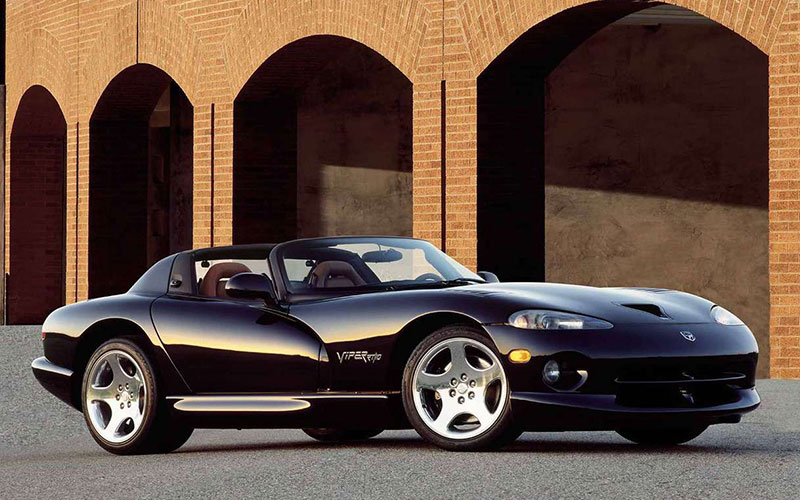
The second generation preserved what enthusiast loved about the Viper while also addressing some of their complains. Like the side exhaust piping that had the nasty habit of reaching out and burning the ankles of Viper owners. The exhaust was moved back under the car and had the added benefit of reducing back pressure, thereby boosting horsepower.
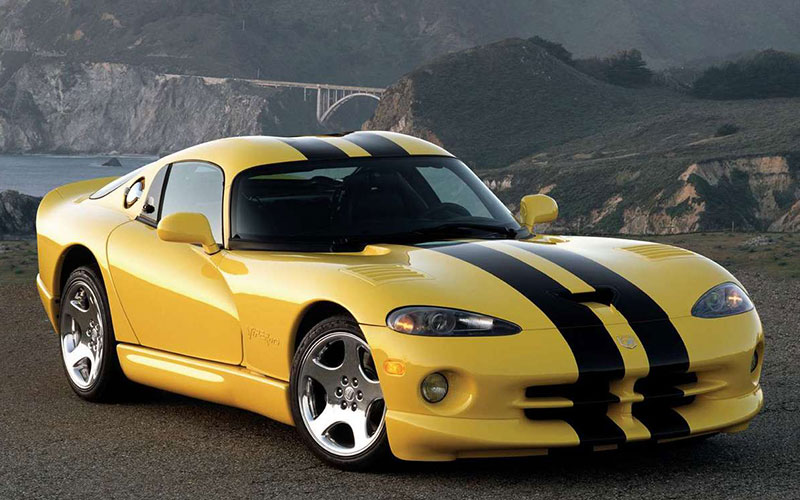
The GTS also added back many of the items that the Viper was famous for skimping on in the name of lightness. That is, things like air conditioning, exterior door handles, and air bags. (All these items would become standard in the RT/10 as well starting with the ’97 model year). The GTS new coupe roof featured two bulges to accommodate taller drivers wearing helmets; for track days, naturally.
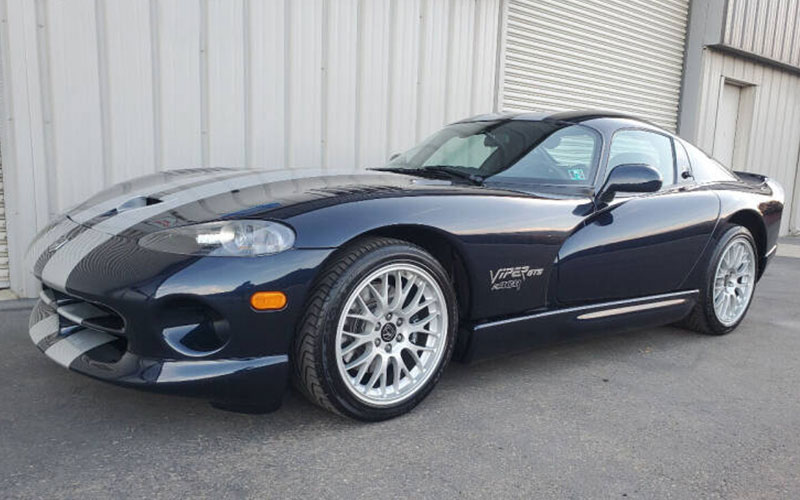
As if the GTS wasn’t enough, Dodge began offering the ACR package in 1999 that deleted some of those comfort add-ons like a radio and AC while adding performance items like an adjustable suspension and an updated air intake. Thus equipped, the Viper topped out at 460 horsepower and 500 lb.-ft. of torque.
C5 Corvette
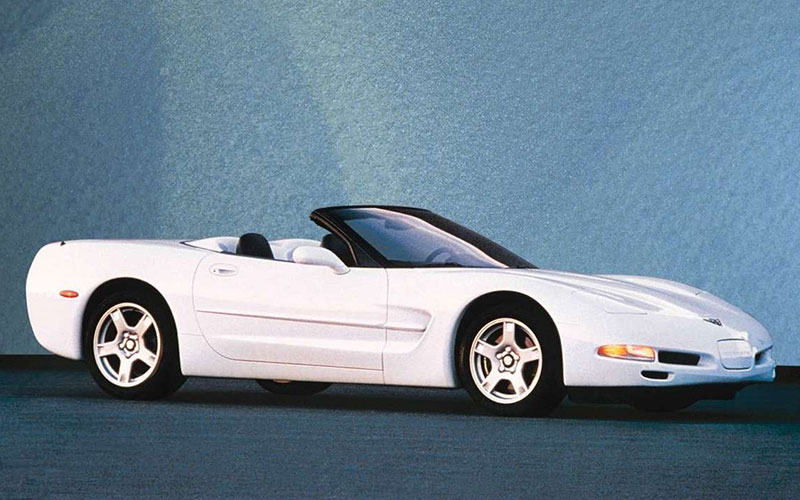
The C5 Corvette was a thorough reimagining of the car. After stagnating over the extended four generation, the C5 was due for an overhaul. In truth, the car was lucky to exist at all. Given GM’s internal turmoil and financial struggles at the time, a legacy sports car might not have had a great business case behind it. But CEO Jack Smith was wise enough to keep the car around for another generation.
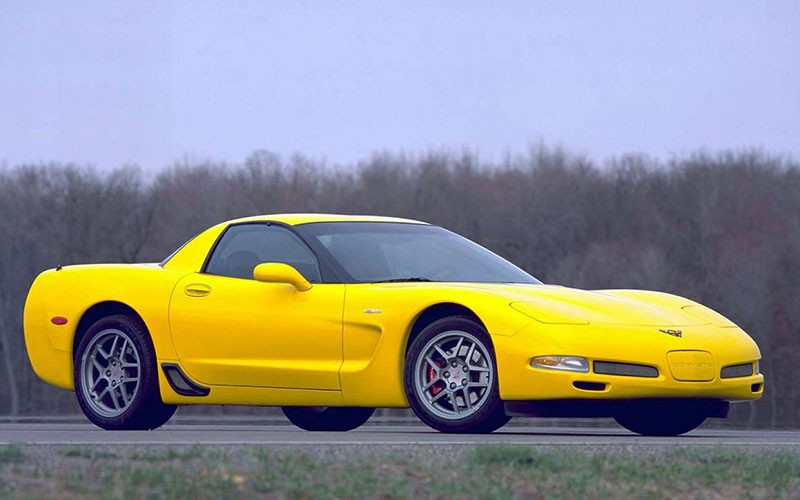
The new LS1 brough plenty of power to the table, and even more in the retuned form of the LS6. A new rear-mounted transaxle set up was used. This had the added benefit of granting the C5 Corvette with a near 50/50 weight distribution for excellent balance. The initial 1997 model year came only as a fastback coupe, with the convertible added a year later and the hardtop version added a year after that.
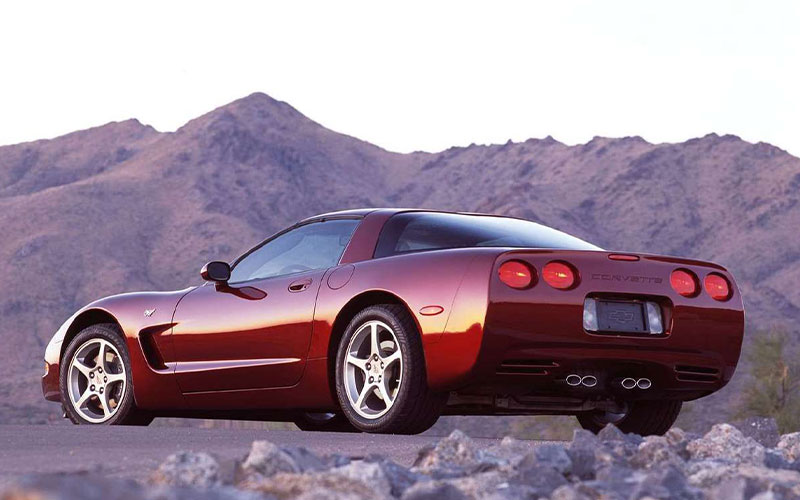
The Corvette’s biggest claim to fame (and this remains true with today’s C8) is its price. For much less than competing European sports cars like Porsche, Ferrari, or BMW, you can get nearly, or in some instances, better performance for tens of thousands less. With a price tag of $38,000, the Corvette wasn’t cheap but still much more affordable than the Viper at $66,00 for the GTS or nearly $80,000 for a 911.
Incidentally, the C5 was also one of the last cars to sport pop up headlights. Which is partly why it makes our list of the best cars with pop up headlights.
But Those Interiors…
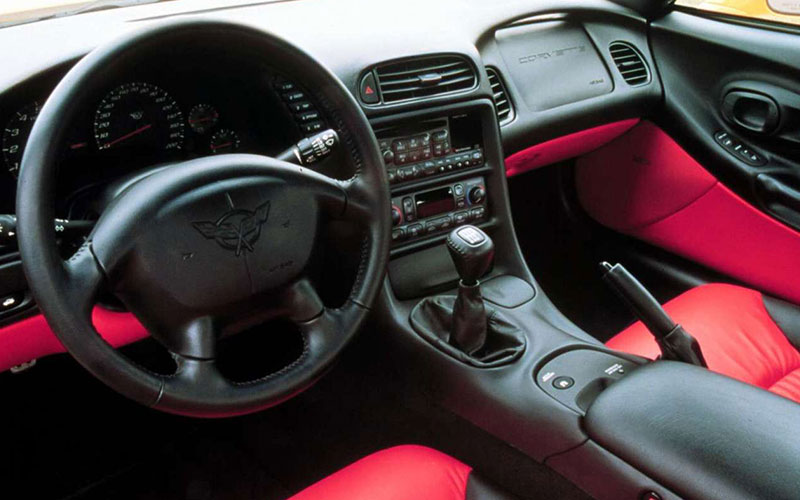
Aside from having two-seats and big engines, another thing the Dodge Viper and Chevrolet Corvette had in common were their cheap interiors. Squeaky, cheap plastic and taxing ergonomics make clear where Dodge and Chevrolet were compromising in order to make these cars happen.
But then, the reason to buy either of these cars is for the driving experience. The fierce, connected, and sometimes unruly characteristics of the Viper and Corvette are qualities that have been, to a large extent, sifted out of modern cars. For a visceral, unmediated automotive experience, one worth buying track time for, you can’t really go wrong with either the C5 or the Viper.
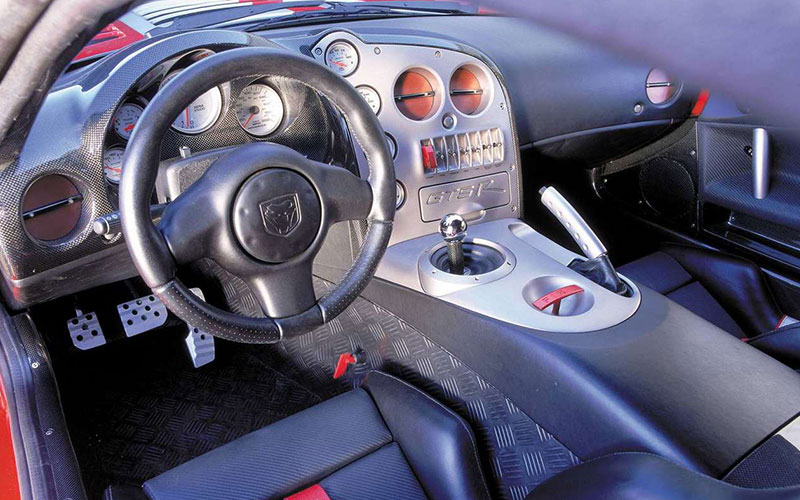
As for buying them today, the gulf between their prices has only grown. The C5 Corvette currently runs between $25,000 and $40,000, depending on mileage and whether it’s a base C5 or the more desirable Z06. For a 25-year-old car, that’s a pretty good rate of depreciation.
The Viper has done even better, currently priced right around what it was back in the late 1990s. The average RT/10 is listed between $45,000 and $65,000. The GTS gets even steeper, anywhere from $75,000 to well over $100,000. The rare ACS equipped Viper is firmly above $120,000.
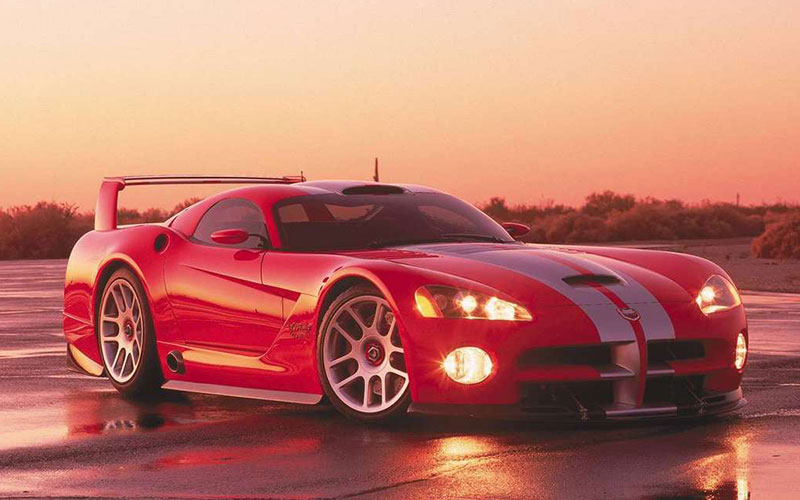
As always, the Corvette offers an attractive value proposition, whether that’s today’s mid-engine C8 doing a pretty good Lamborghini impression or the C5 providing great dynamics and a healthy LS ripe for modification.
And yet, the Viper remains the more exciting drive. The V10, the superior speed, a challenging character that rewards cool nerves and steady hands; all these make the Viper the legend that it is. It’s the better car, if you’ve got the money. If not, the C5 Corvette is ready and willing.


